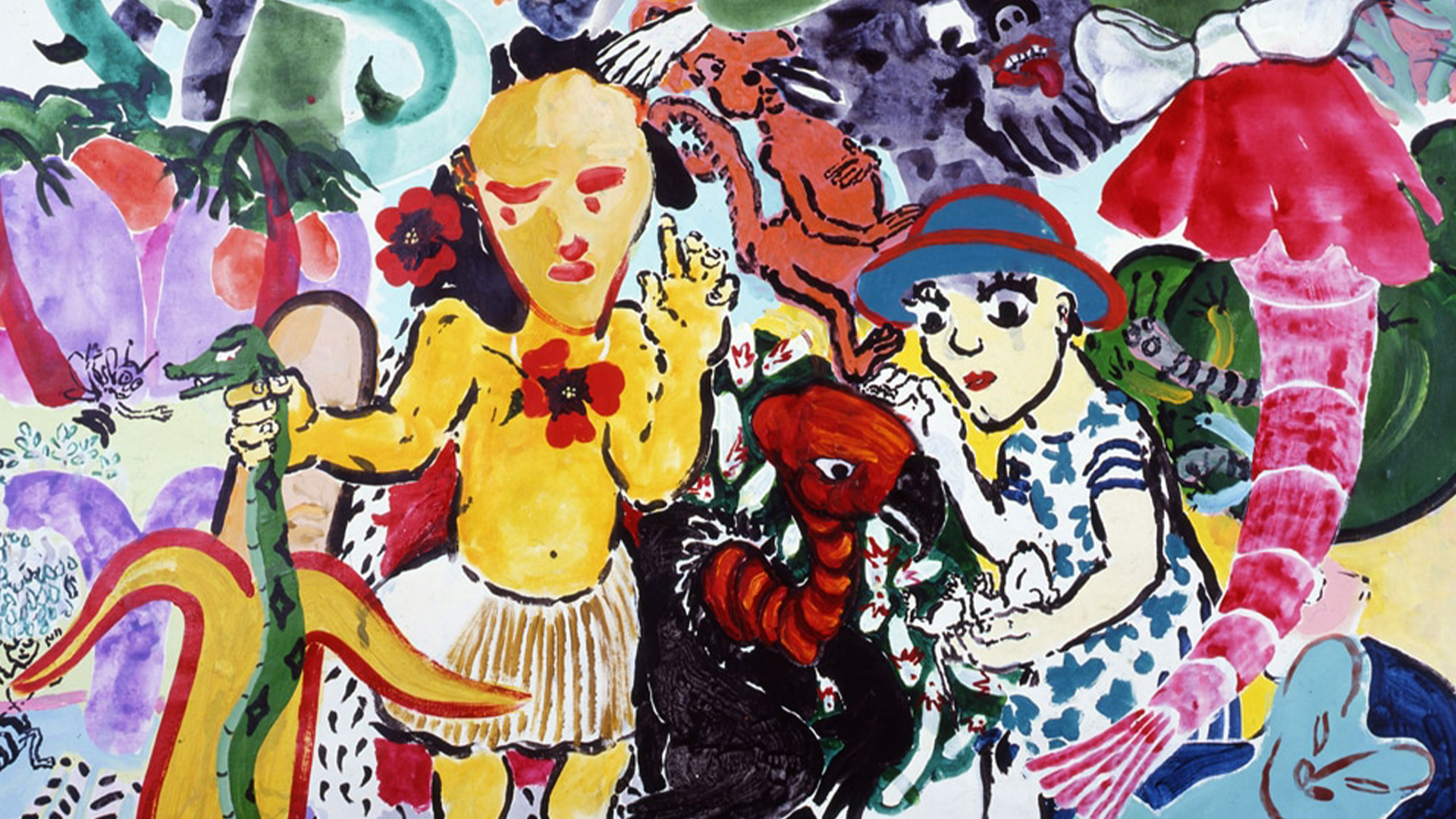Director: Kira Muratova
Cast: Svetlana Kolenda, Renata Litvinova, Albina Skarga
Russia, 1994, 111’, color
Russian with Turkish subtitles
Passions is considered Muratova’s most unusual film, the one which, at least on the surface, seems to have the least to do with her considerable body of work; paradoxically, it was one of her most popular films in Russia, even winning the Nika (Russia's Oscar equivalent) for the Best Film of 1994. Circus performer Violetta is introduced to Sasha, a jockey who has been hospitalized after a bad fall. She's attracted to him, and even more to his circle of friends, becoming fascinated with their devotion to horses and the lore of horseracing. She decides to go visit her new friends on a stud farm in Central Asia; ostensibly for the purpose of finding a partner for a new horse act she hopes to bring to the circus, but perhaps more honestly just to learn more about them and their world. Laced with a slightly surreal quality, Passions is an effective and perceptive portrait of a kind of subculture, a world that seems to co-exist alongside everyday reality and to blend with it on occasion. Muratova has spoken about how much she enjoyed the chance to work extensively with animals - seemingly one of her own great passions- in the film.

While Paula Rego belatedly was recognised as one of the leading feminist pioneers of her age, little has been written about her exploration of fluid sexuality. Indeed the current of sado-masochism in her drawings and paintings, has tended to encourage an understanding as a classic clash between the patriarchy and exploited women.
Tuesday - Saturday 10:00 - 19:00
Friday 10:00 - 22:00
Sunday 12:00 - 18:00
The museum is closed on Mondays.
On Wednesdays, the students can
visit the museum free of admission.
Full ticket: 300 TL
Discounted: 150 TL
Groups: 200 TL (minimum 10 people)